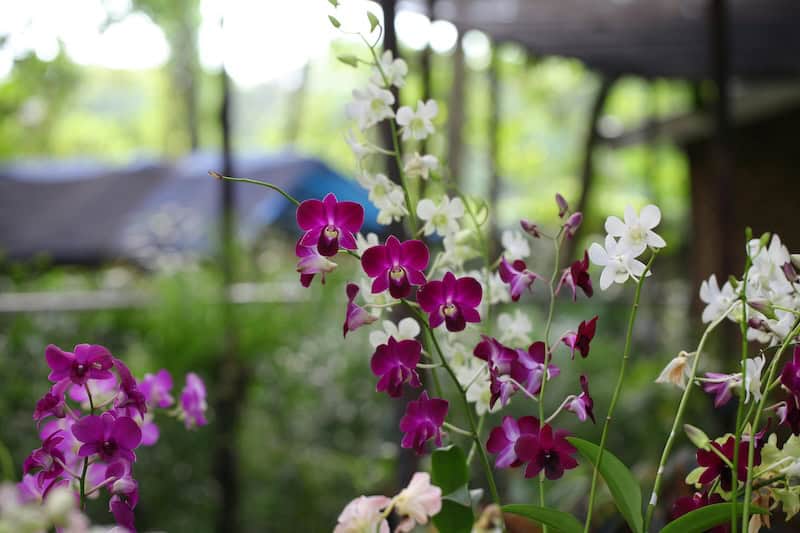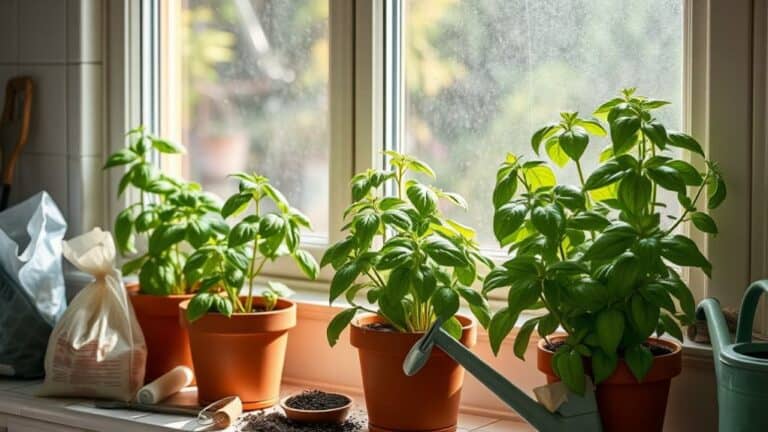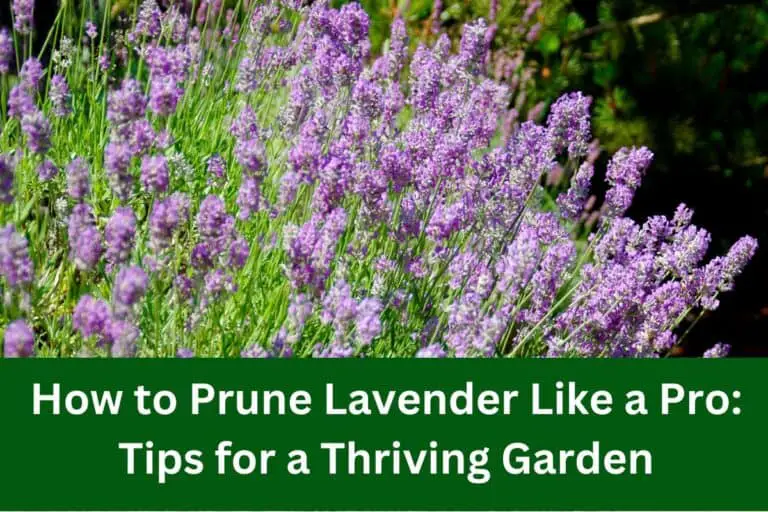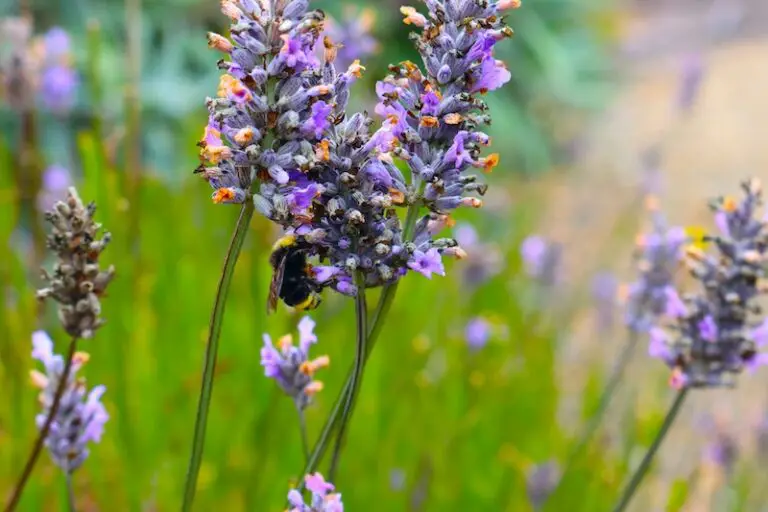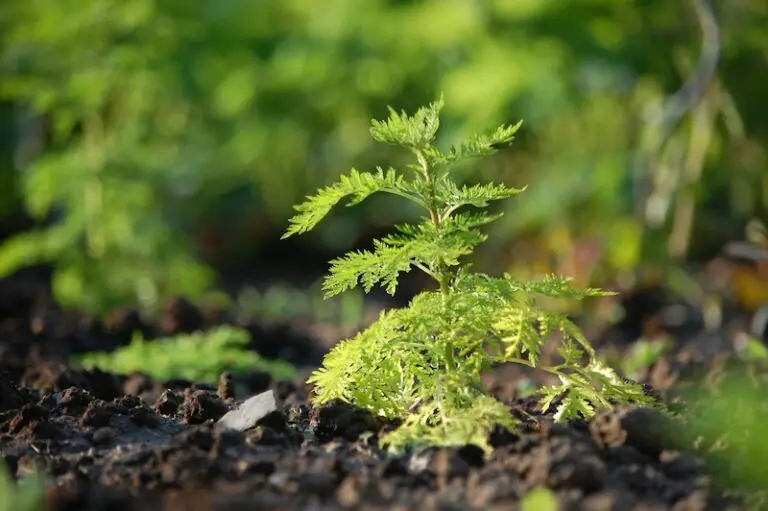13 Common Orchid Mistakes That Are Slowly Killing Your Plant
Orchids, with their exotic beauty and intricate blooms, are a favorite among plant enthusiasts. However, many orchid owners find their plants struggling, failing to bloom, or even dying. If you’re facing similar issues, you might be making one or more common mistakes. Let’s delve into these pitfalls to ensure your orchid thrives.
1. Overwatering
Overwatering is one of the most common mistakes that can kill an orchid. Orchids are epiphytes, meaning they grow on other plants and derive moisture from the air. They have specialized roots that can rot if kept too wet. The key is to allow the potting medium to dry out between waterings. A good rule of thumb is to water once a week, but this can vary depending on the orchid type and environmental conditions. Ensure your pot has adequate drainage, and never let your orchid sit in water. Overwatering can lead to root rot, which manifests as yellowing leaves and a mushy texture.
2. Underwatering
While overwatering is harmful, underwatering can be equally detrimental. Orchids need a consistent moisture level, and letting them dry out completely can stress the plant. Symptoms of underwatering include wrinkled leaves and dry, brittle roots. To prevent this, monitor the moisture level of your orchid’s potting medium and water when it starts to feel dry. Misting the leaves can also help maintain humidity, especially in dry environments.
3. Incorrect Potting Medium
Using the wrong potting medium can suffocate orchid roots or prevent them from getting the necessary air circulation. Orchids typically do well in a mix of bark, sphagnum moss, and perlite. Avoid using regular potting soil as it retains too much moisture and doesn’t provide adequate aeration. Repot your orchid every couple of years to refresh the medium and check the roots. This ensures the plant has enough space and nutrients to grow.
4. Inadequate Lighting
Orchids need a specific amount of light to thrive, and insufficient lighting is a common mistake. While they don’t require direct sunlight, they do need bright, indirect light. East or west-facing windows are ideal. If your orchid’s leaves are dark green, it might not be getting enough light. Conversely, if the leaves are yellowing or have brown spots, it may be getting too much direct sunlight. Adjust the location of your orchid or use sheer curtains to filter the light as needed.
5. Exposure to Direct Sunlight
While orchids need light, direct sunlight can scorch their leaves, leading to sunburn and stress. Signs of sunburn include white or brown spots on the leaves. To prevent this, place your orchid in a spot where it gets bright, indirect light. If you must place it in direct sunlight, use a sheer curtain to diffuse the light. Observing how your orchid responds to its environment can help you find the perfect balance.
6. Improper Temperature
Orchids are sensitive to temperature changes, and extreme temperatures can hinder their growth. Most orchids prefer a daytime temperature between 70-85°F (21-29°C) and nighttime temperatures between 60-70°F (15-21°C). Avoid placing your orchid near drafts, heating vents, or air conditioners. These sudden temperature changes can stress the plant, causing bud drop and poor growth.
7. Low Humidity
Orchids thrive in humid environments, and low humidity can cause the plant to dry out. Ideally, humidity levels should be between 50-70%. In dry climates or during winter months when indoor air tends to be dry, use a humidity tray or a humidifier to maintain appropriate levels. Regular misting can also help, but be cautious not to overdo it, as this can lead to other issues like mold.
8. Poor Air Circulation
Good air circulation is crucial for orchid health. Stagnant air can lead to fungal infections and pest infestations. Ensure your orchids are placed in an area with adequate airflow. You can use a fan to help improve air movement around your plants, but make sure it’s not blowing directly on them, as this can dry them out. Proper spacing between plants also helps improve air circulation and reduces the risk of disease spread.
9. Neglecting Fertilization
Orchids need regular feeding to thrive, but the wrong type or amount of fertilizer can harm them. Use a balanced orchid fertilizer (20-20-20) diluted to half-strength. Fertilize every two weeks during the growing season (spring and summer) and reduce feeding in the dormant period (fall and winter). Over-fertilizing can burn the roots, while under-fertilizing can lead to poor growth and lack of blooms.
10. Incorrect Pot Size
Pot size matters when it comes to orchids. A pot that is too large retains excess moisture, leading to root rot, while a pot that is too small can restrict root growth. Choose a pot that is slightly larger than the current root system and has adequate drainage holes. Repotting every two years helps manage root health and gives your orchid fresh medium to grow in.
11. Ignoring Pests and Diseases
Orchids are susceptible to pests like aphids, spider mites, and mealybugs, as well as fungal and bacterial infections. Regularly inspect your plants for signs of pests or disease. Sticky residue, discolored leaves, and stunted growth are common indicators. Treat infestations promptly with appropriate insecticides or fungicides. Isolating infected plants can prevent the spread of pests and diseases to your healthy orchids.
12. Not Allowing a Rest Period
Many orchids require a rest period after blooming to gather energy for the next cycle. During this time, reduce watering and feeding, and allow the plant to experience slightly cooler temperatures. Ignoring this natural cycle can stress the plant and inhibit future blooms. Understanding the specific needs of your orchid species will help you provide the right care during this crucial period.
13. Infrequent Monitoring
Orchids require consistent care and monitoring. Neglecting to check on your orchid regularly can lead to problems going unnoticed until they become severe. Establish a routine to inspect your plant’s roots, leaves, and overall health. Regular monitoring allows you to catch issues early, adjust care practices, and ensure your orchid remains healthy and vibrant.
By avoiding these common mistakes, you can create an environment where your orchids will not only survive but thrive. Remember, each orchid species may have specific needs, so understanding your particular plant is key to providing the best care. With proper attention and care, your orchids can reward you with stunning blooms and lush foliage year after year.

